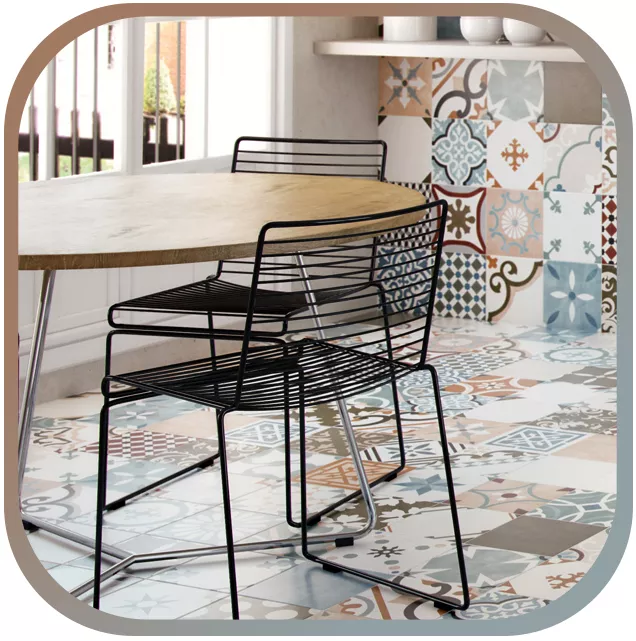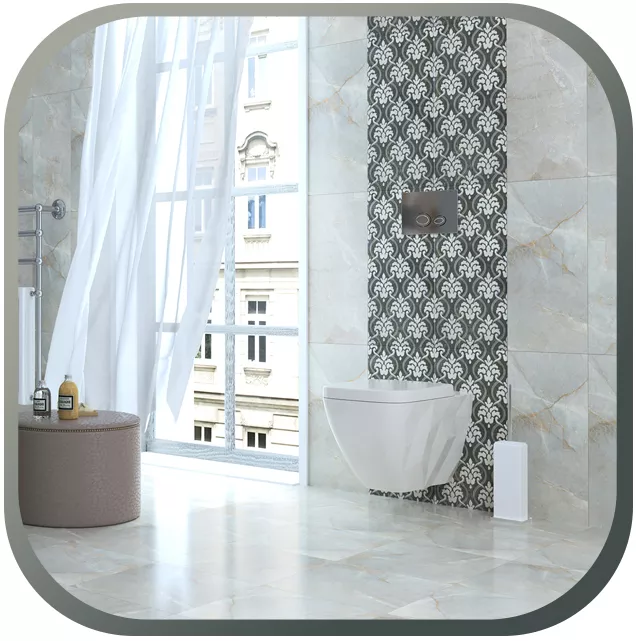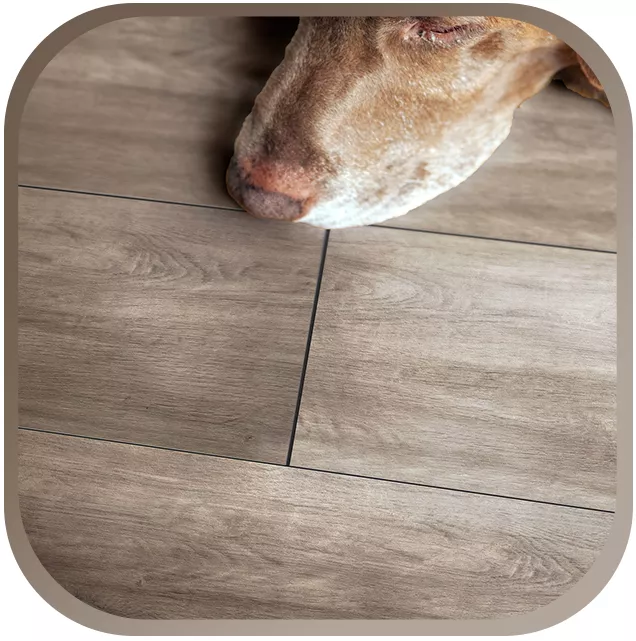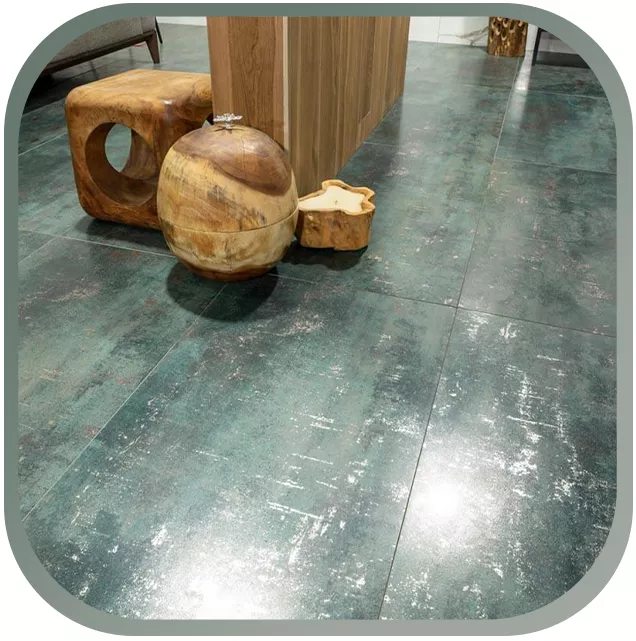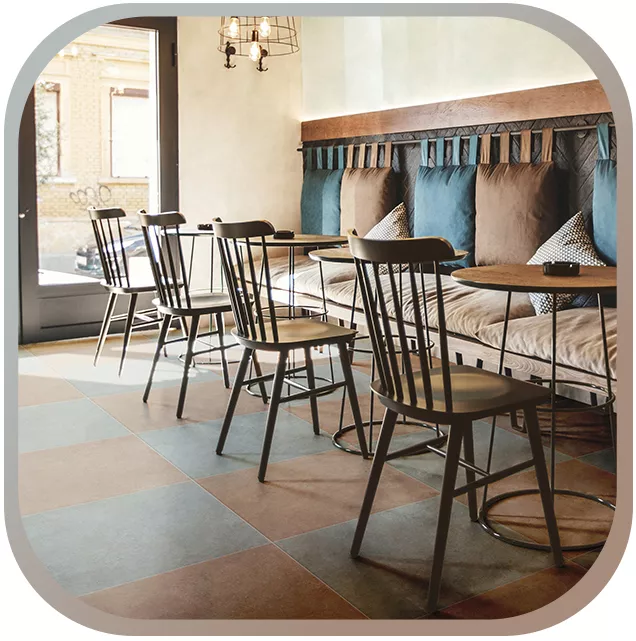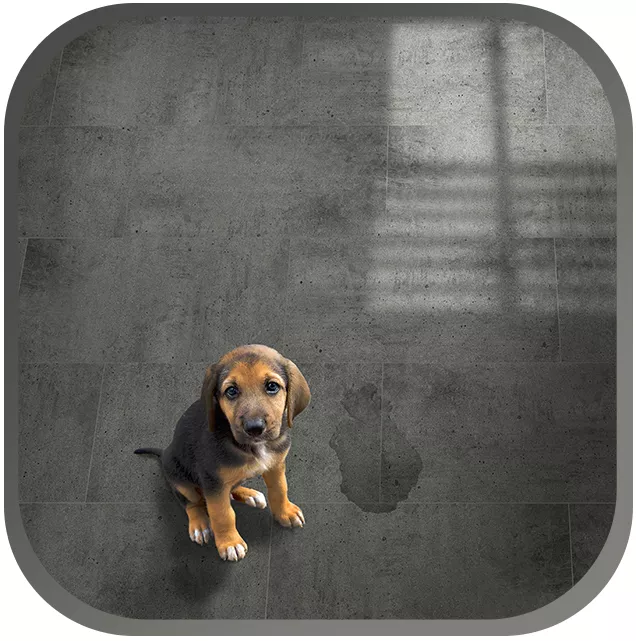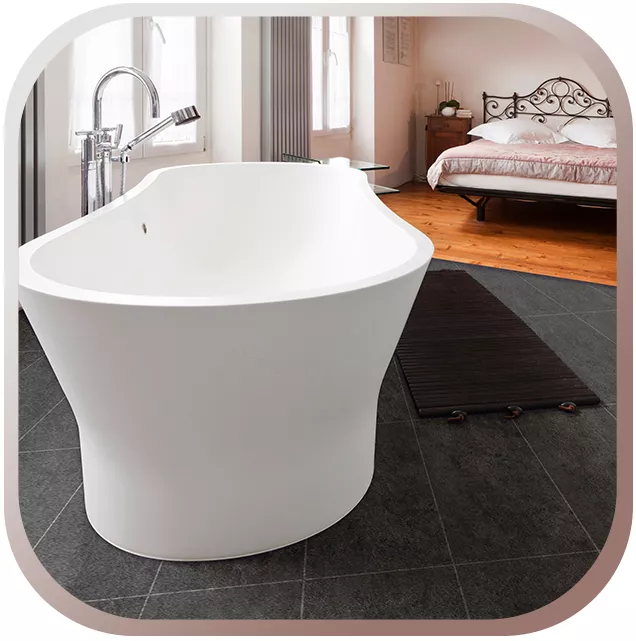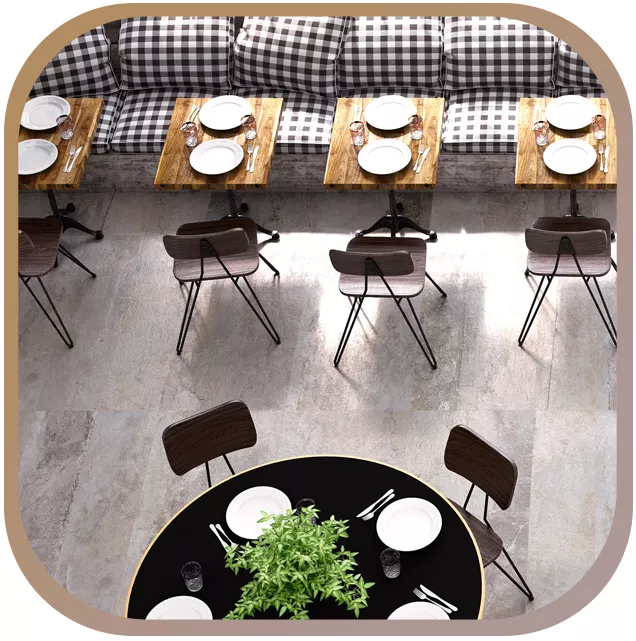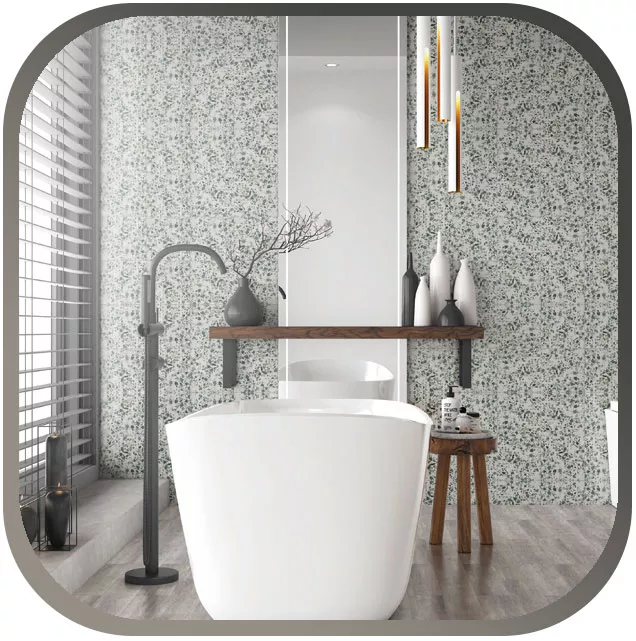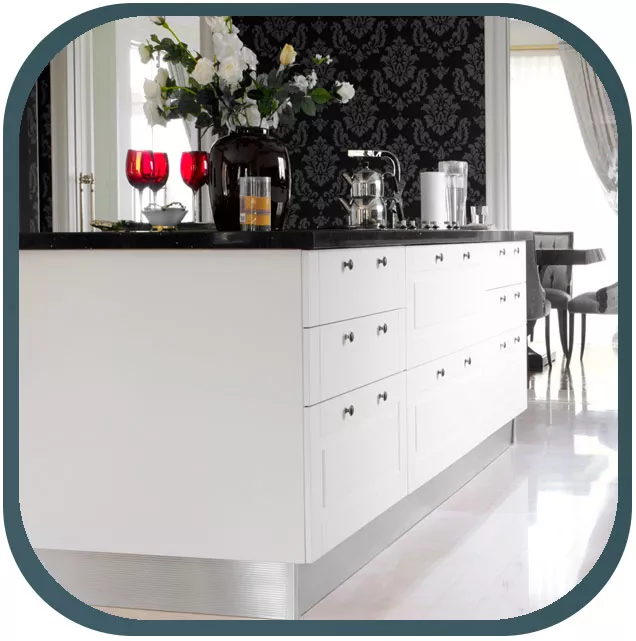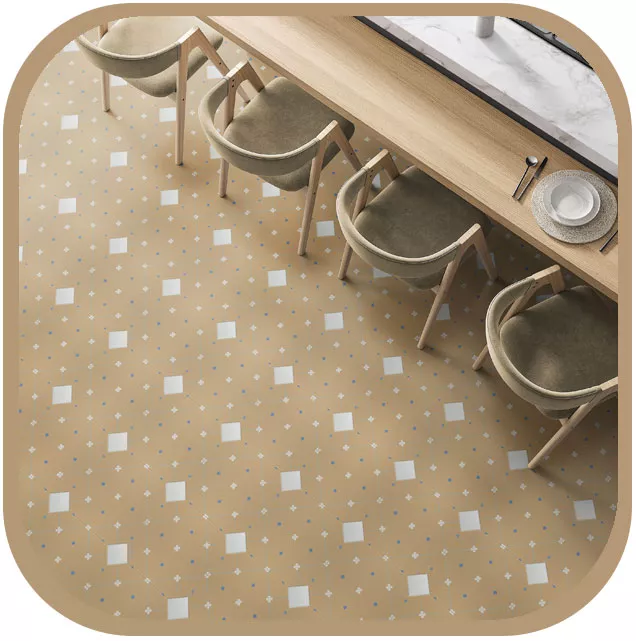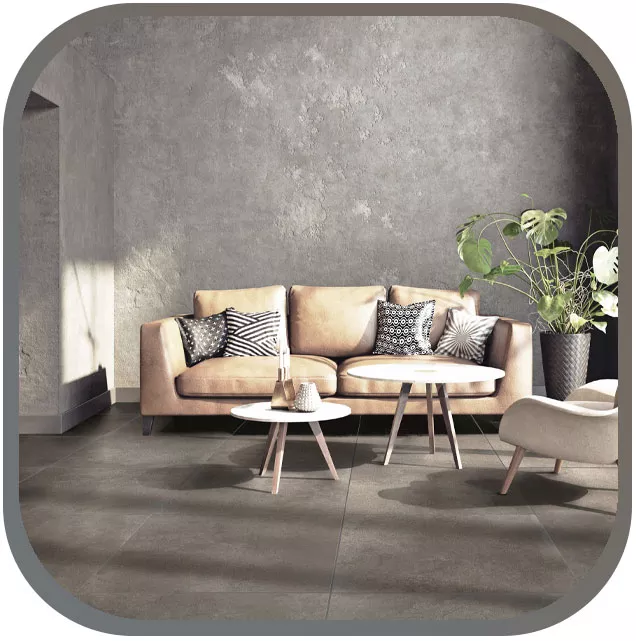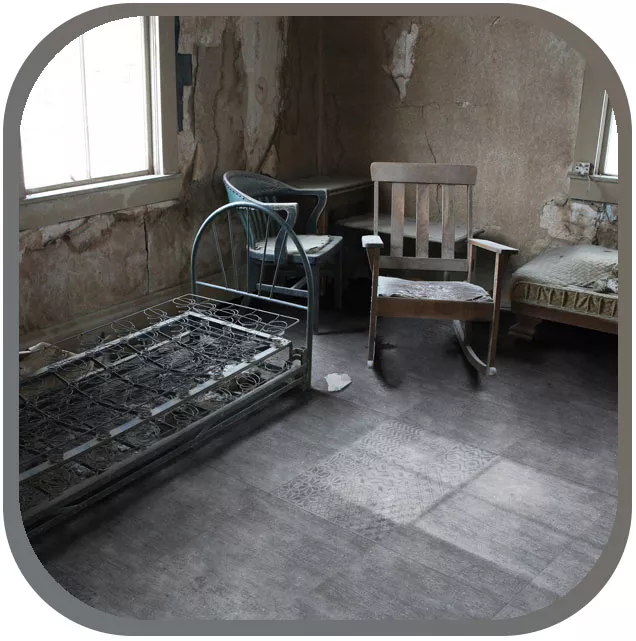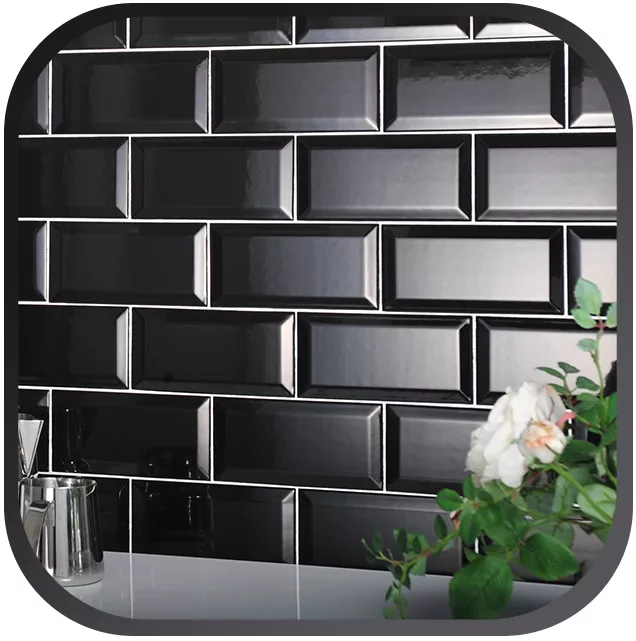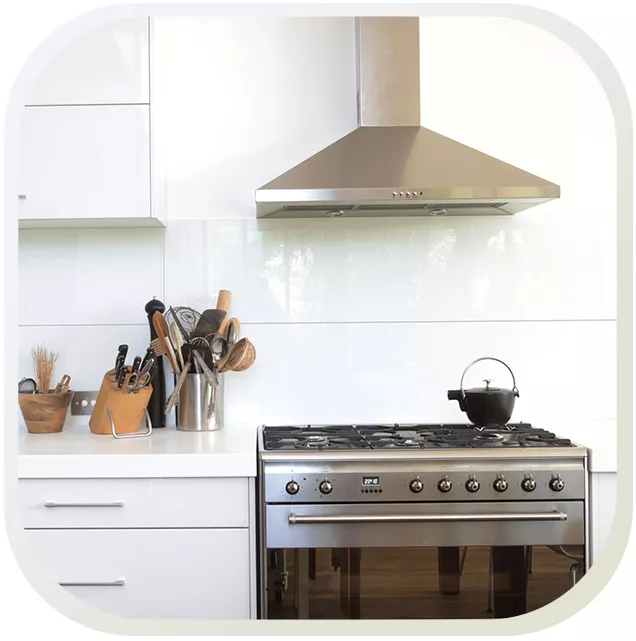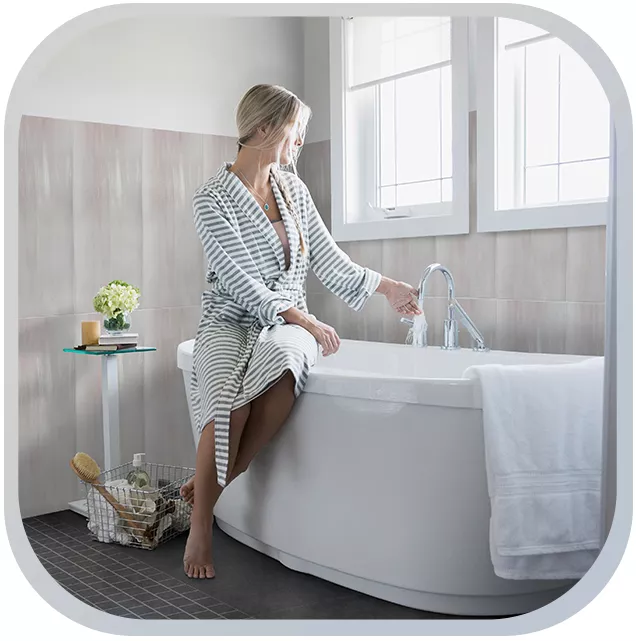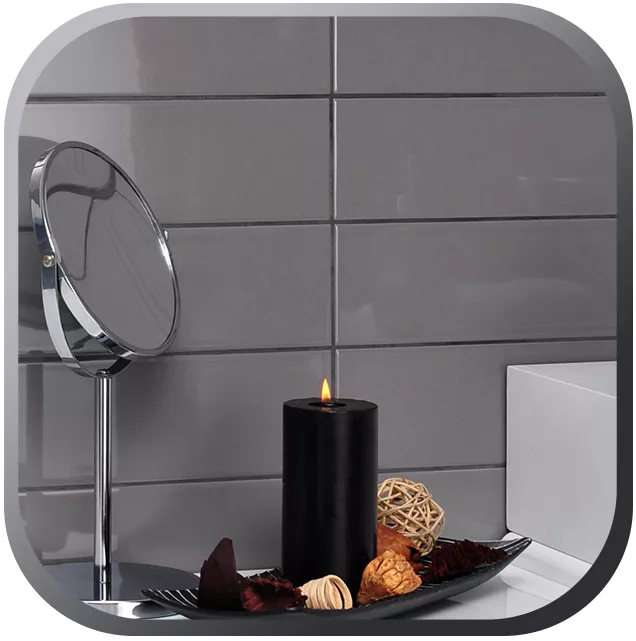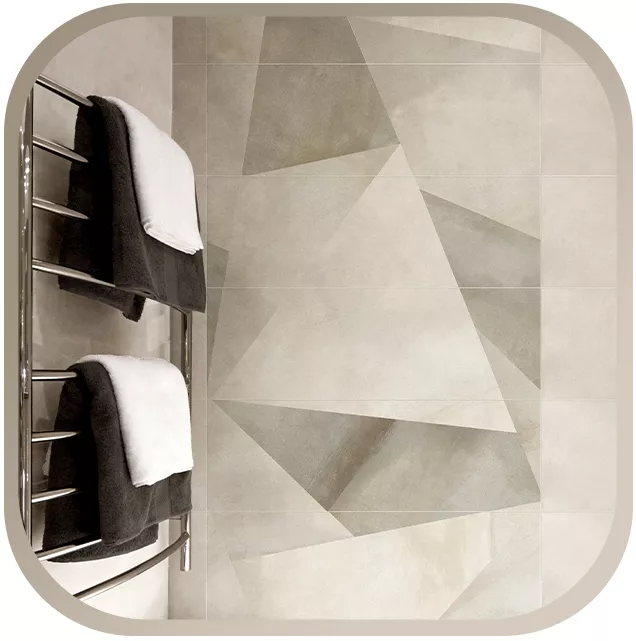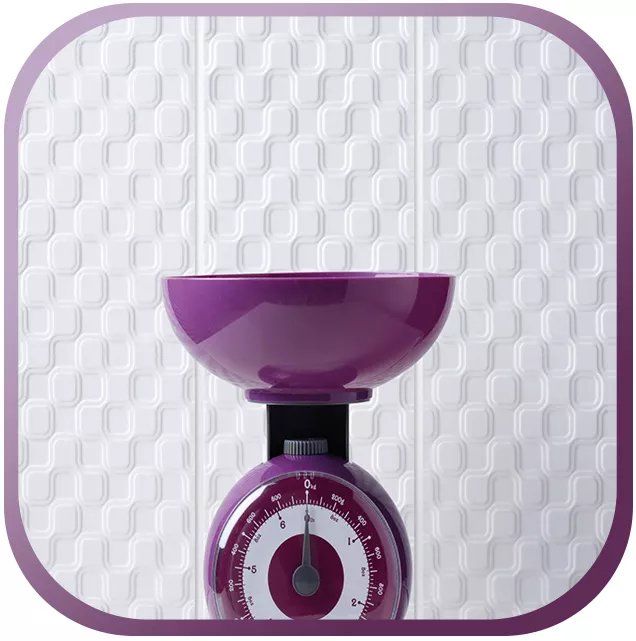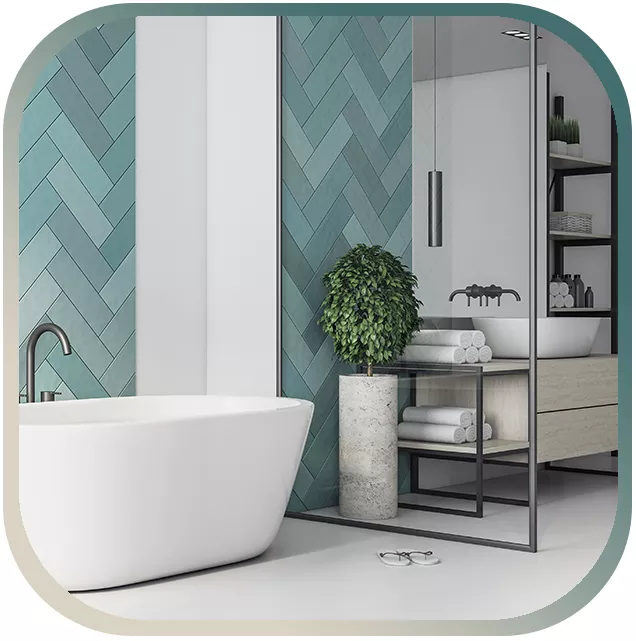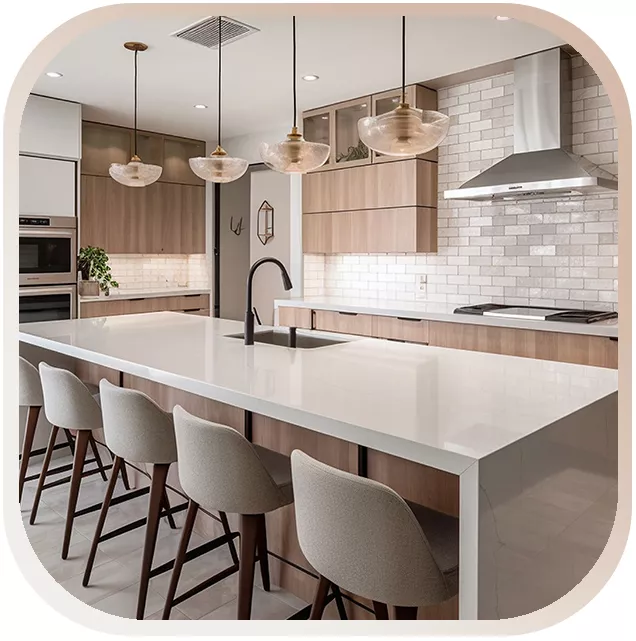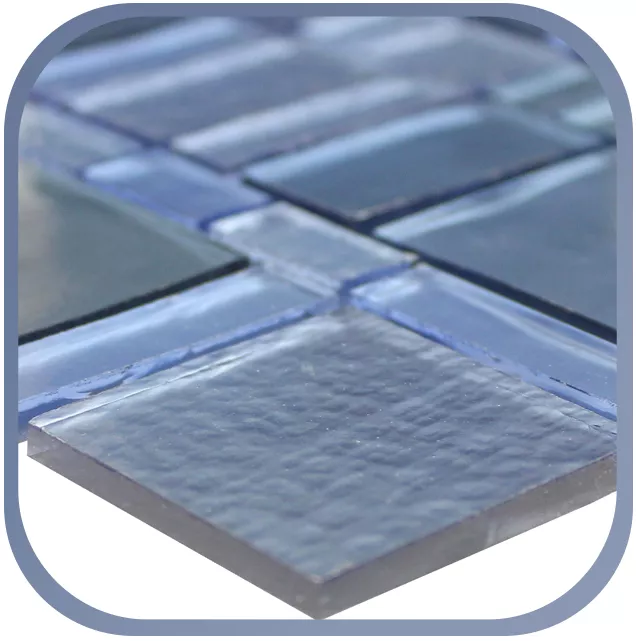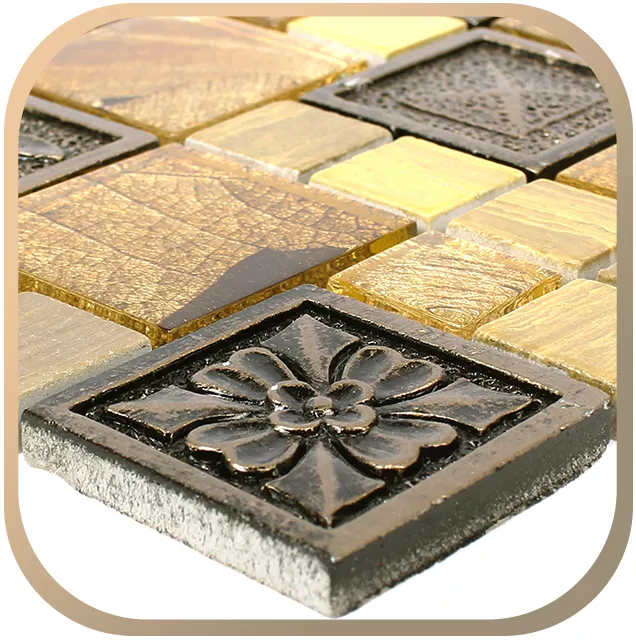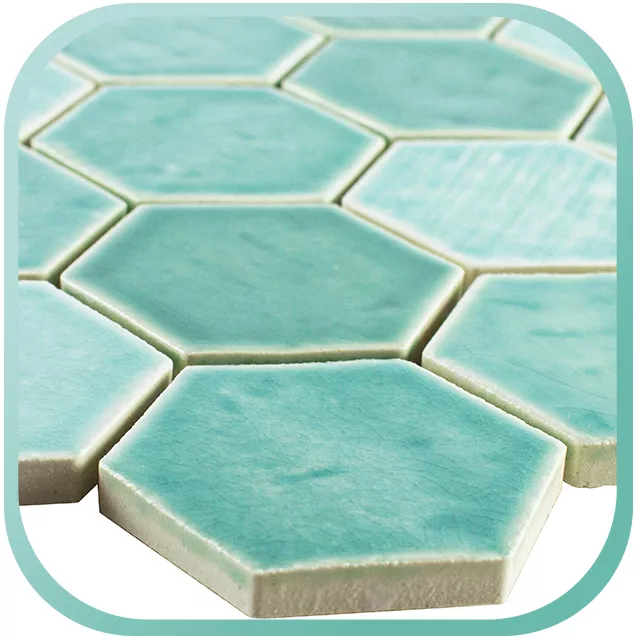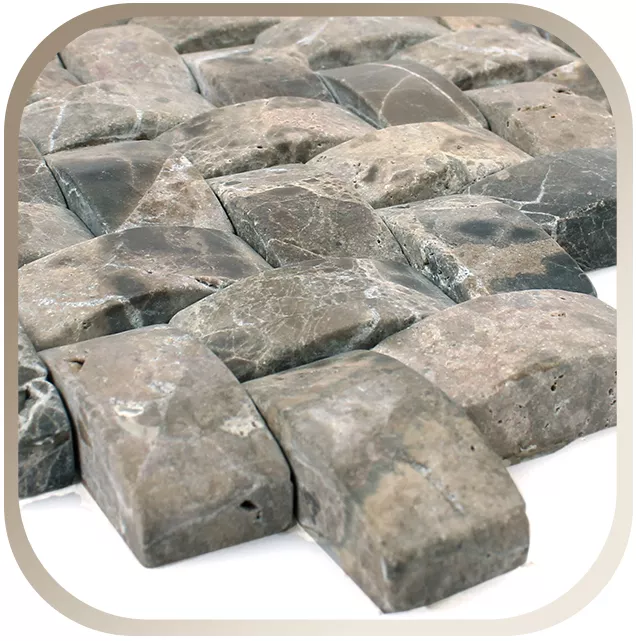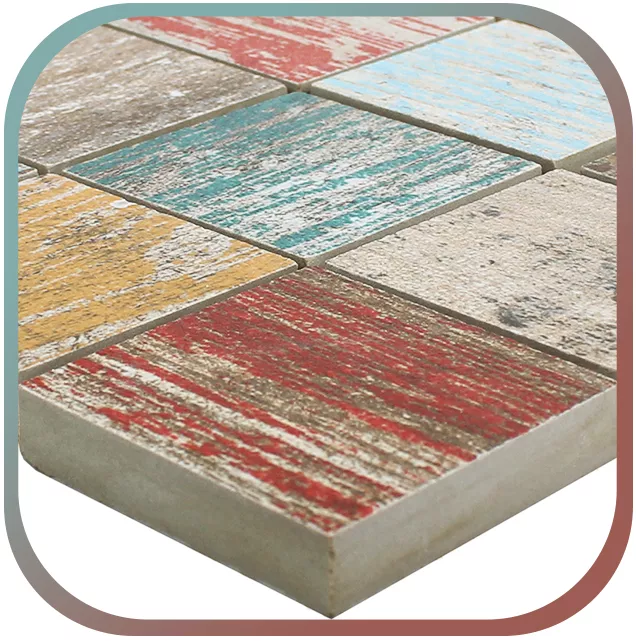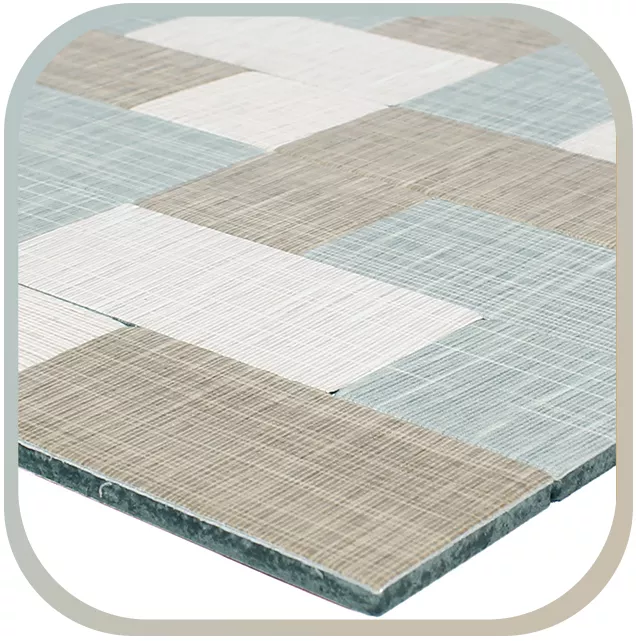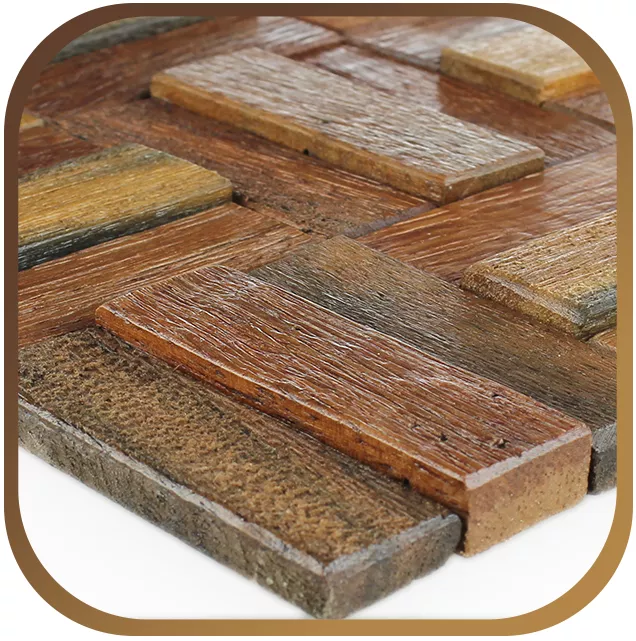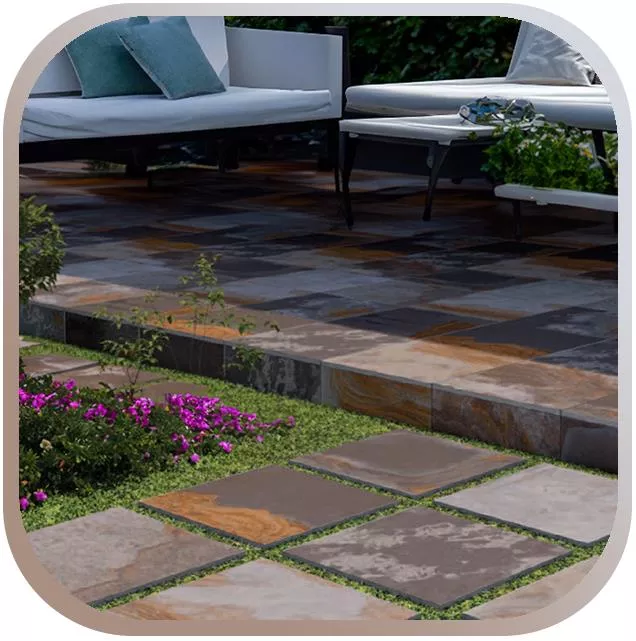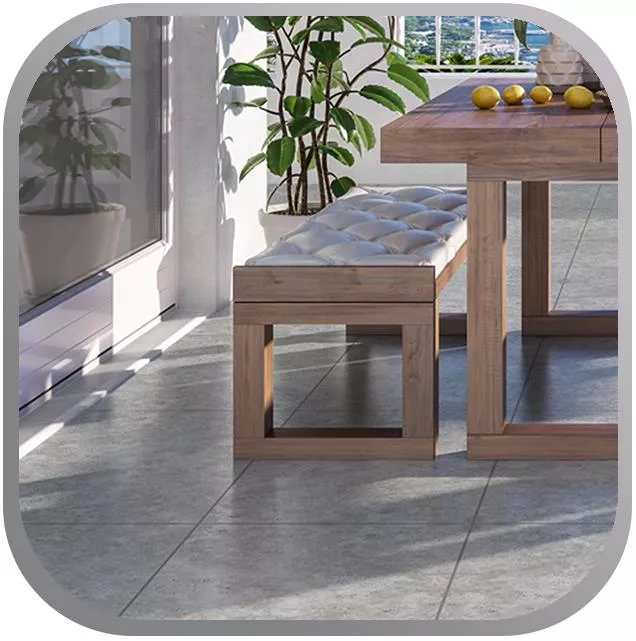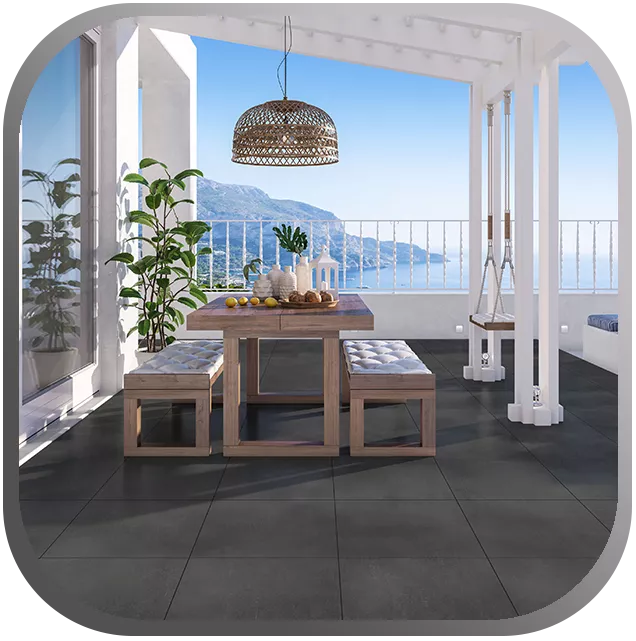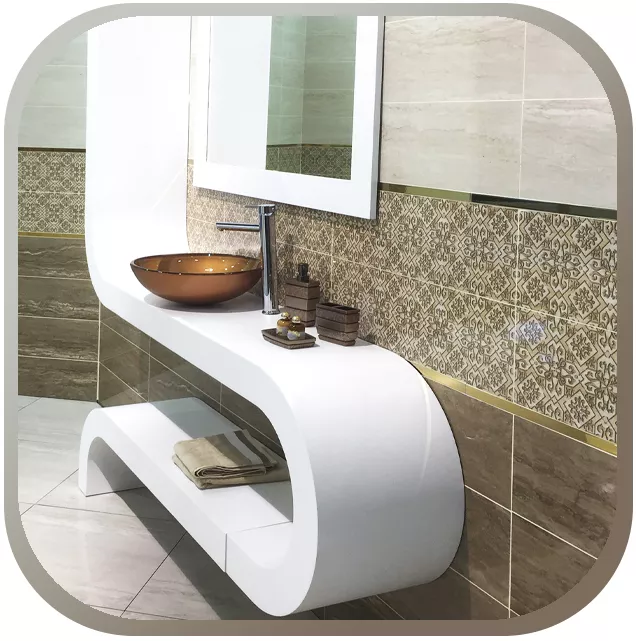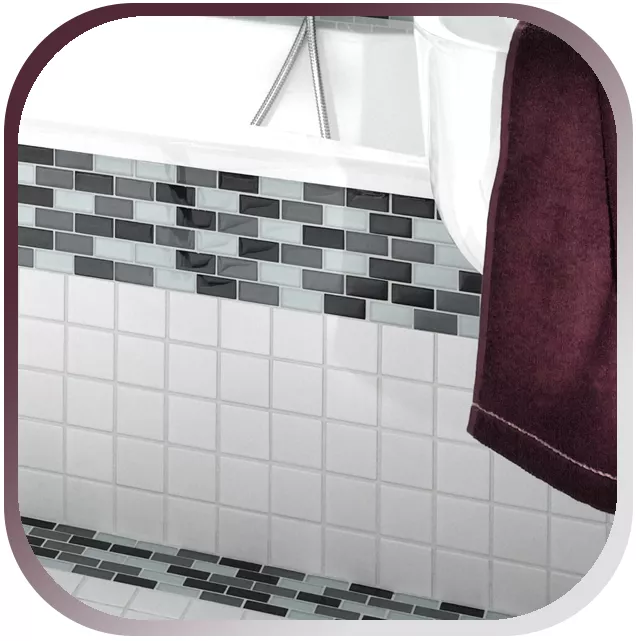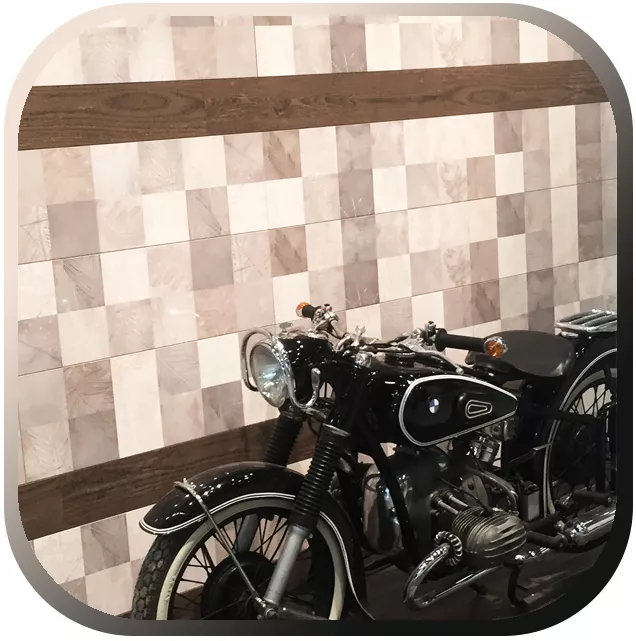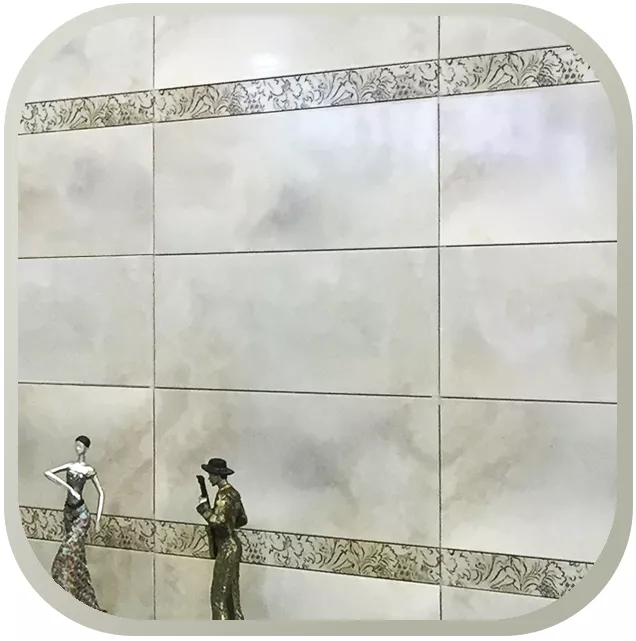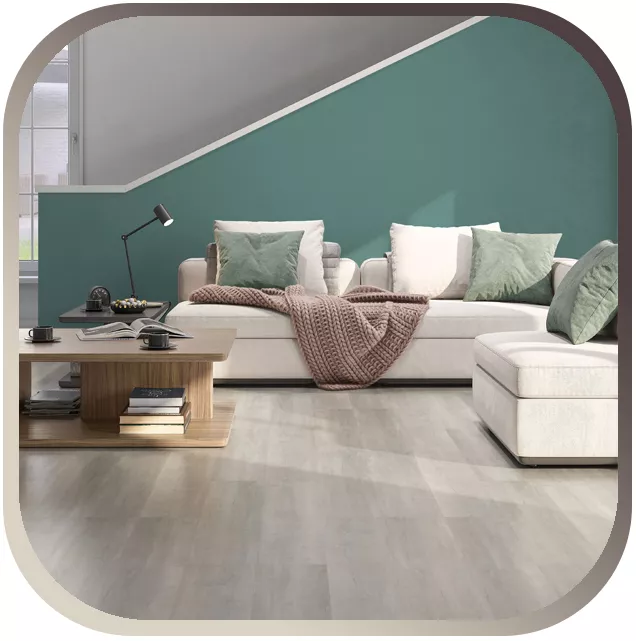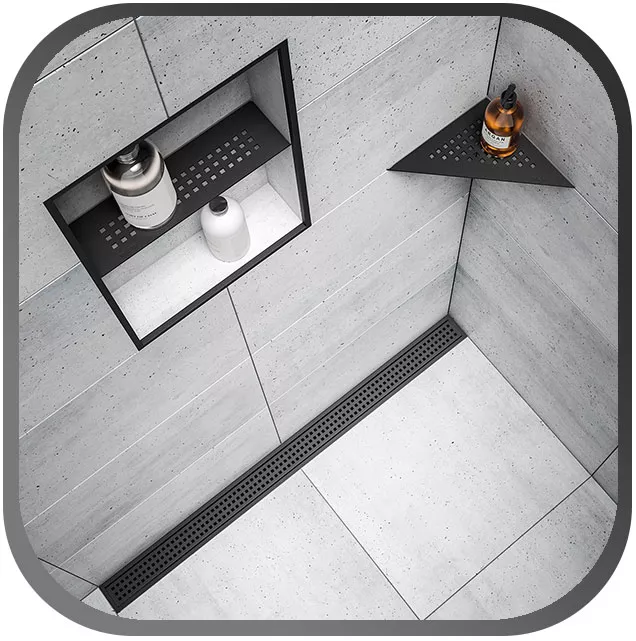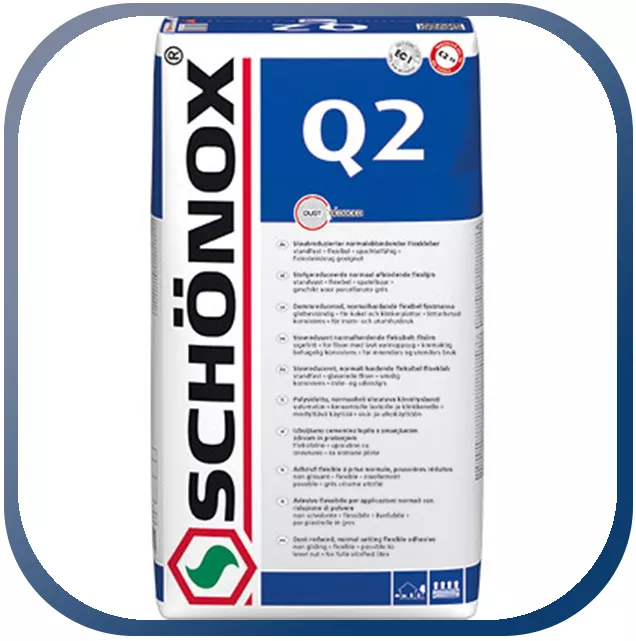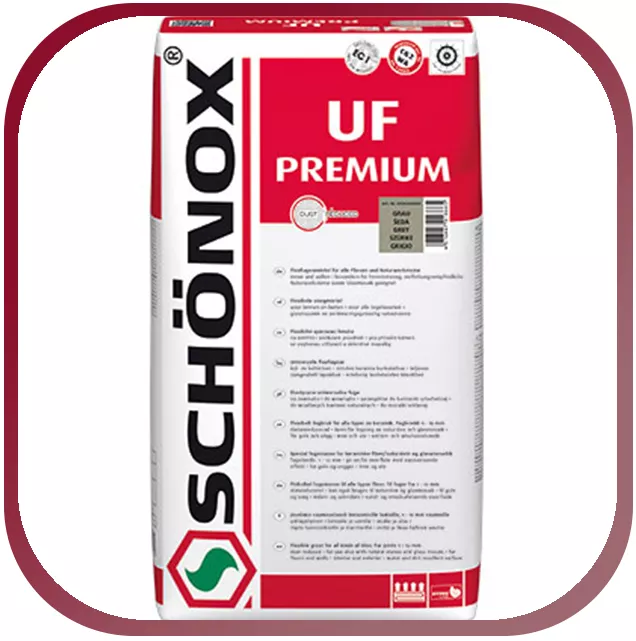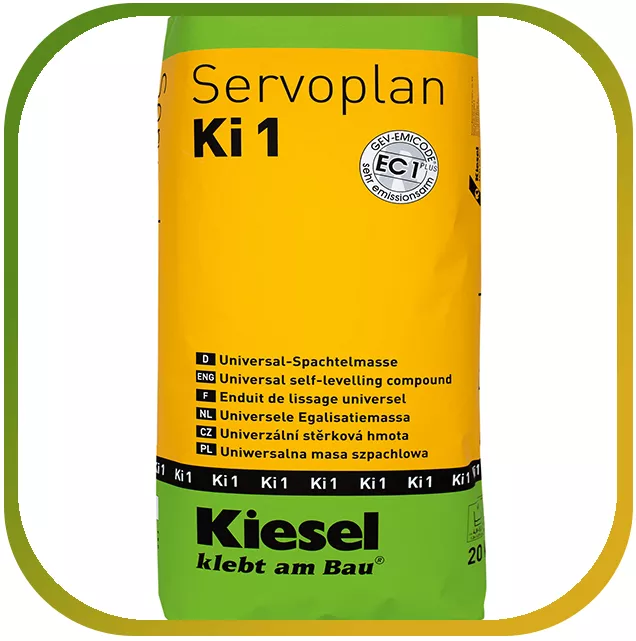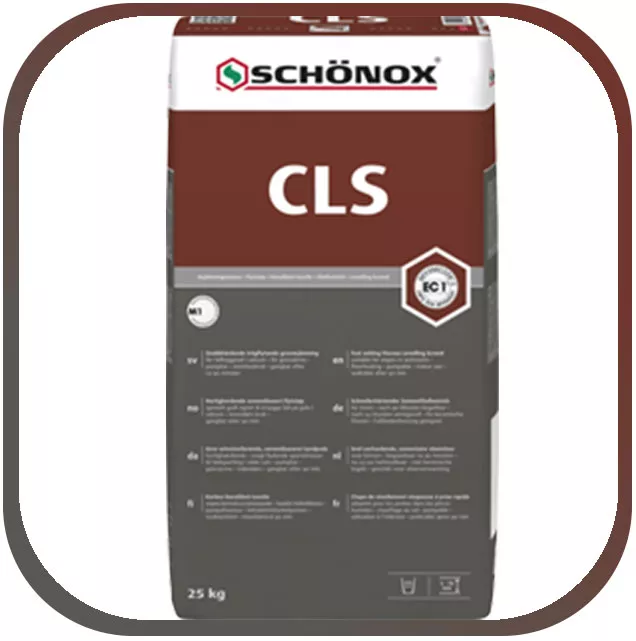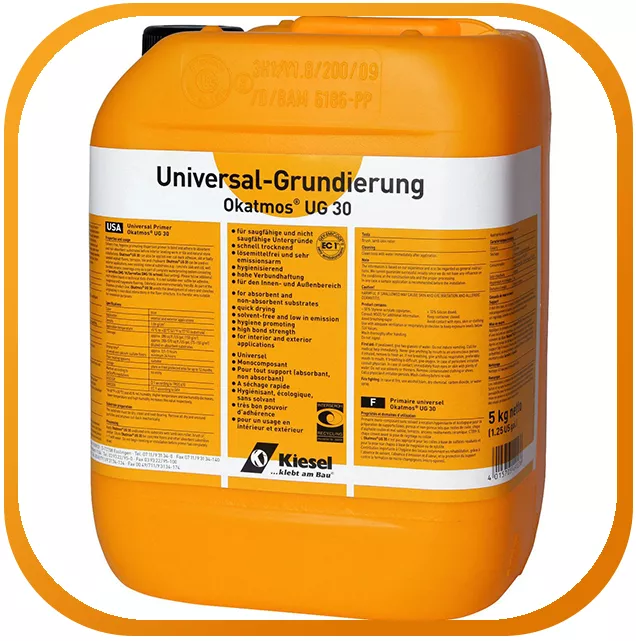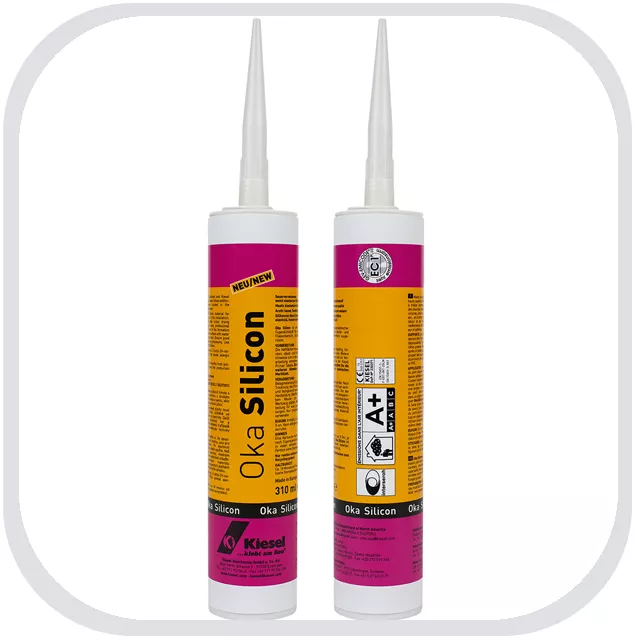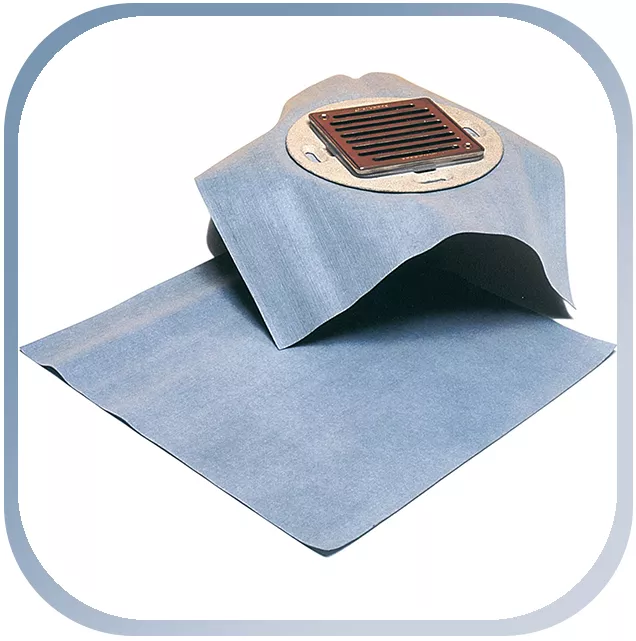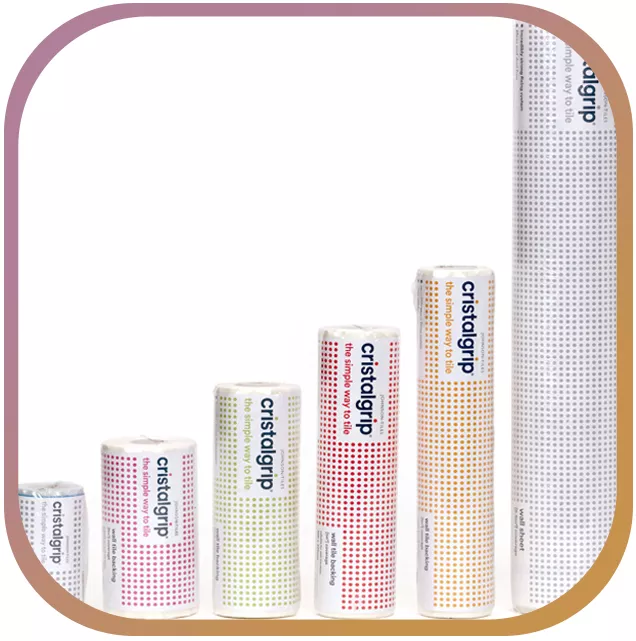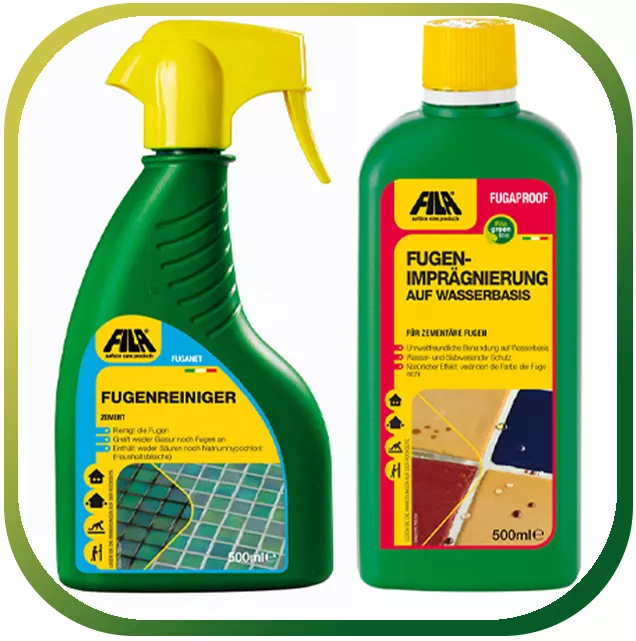Walk safely on floor tiles - observe important safety features
There are strict requirements for slip resistance, slip resistance, abrasion class and displacement space for commercial and public areas. In the private sector, you should pay close attention to these characteristics with floor tiles yourself. All security features for tiles are subject to established classifications. These can be seen online from the product description, usually stated on the packaging on site. If information is missing or incomplete, you should contact the provider before purchasing and ask for binding information on the relevant data. These classifications are critical to your safety, that of your family and visitorsSurefootedness of tiles
Surefootedness is an important component if you are to find a secure grip on the floor tiles when walking. Tiles that have the classification for sure-footedness are marked with "GRIP". The surefootedness is measured according to the angle of inclination on an inclined plane. The designations R9 to R13 indicate the sure-footedness according to the angle of inclination as follows:R9 - sure-footed up to a slope of 6 ° to 10 °
R10 - sure-footed up to an incline of 10 ° to 19 °
R11 - sure-footed up to an incline of 19 ° to 27 °
R12 - sure-footed up to an incline of 27 ° to 35 °
R13 - sure-footed up to a slope of more than 35 °

Especially with glazed floor tiles, in addition to the slip resistance, the abrasion class is also important. It characterizes resilience.
Abrasion class 1 - very low load, bedroom, adjoining rooms, bathroom, home office
Abrasion class 2 - low load, as in the living room, guest room, dining room
Abrasion class 3 - medium load - living rooms in large households, hallway
Abrasion class 4 - high stress in business premises, outdoors, terrace
Abrasion class 5 - very high stress in commercial use, do-it-yourself workshop
Slip resistance for tiles
The slip resistance is the most important accident protection for tiles and must be given the highest attention in addition to the surefootedness. Lots of falls in bathrooms or kitchens could be avoided with sufficient slip resistance. It is better to set the R class for slip resistance as well as the information for surefootedness a little higher than too low. Bear in mind that older people, running children, someone with a leg injury, imbalance or very slippery soles are extremely at risk if the slip resistance and surefootedness are insufficient. The slip resistance is achieved by roughening the glaze on the surface of the floor tiles. Marking the slip resistance is also important for unglazed tiles, although these pose less risk of slipping. Natural terracotta tiles, for example, are not slippery. The following R classes show you the respective slip resistance:R9 - low, should not be installed in normal living areas,
R10 - normal, bedroom, home office
R11 - increased slip resistance - this is the R class, which is suitable for floor tiles in living areas
R12 - minimum slip resistance for wet rooms
R13 - very high safety against slipping, guarantees special safety in wet rooms, use also in commercial areas

